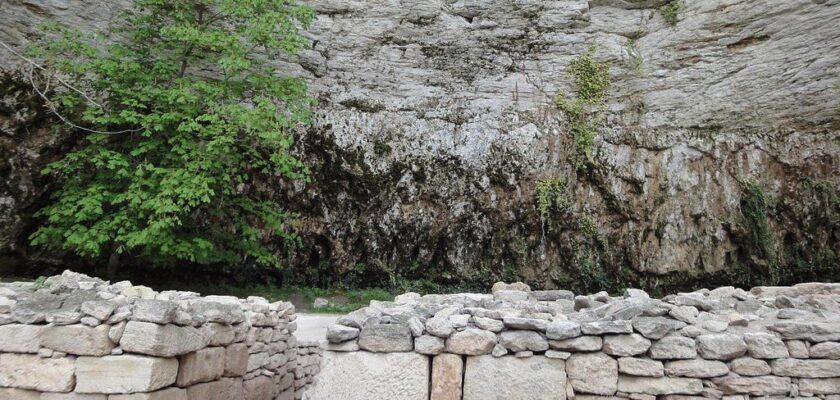National Historical and Archaeological Reserve of Madara
Madara Reserve is located on an area of 370 hectares in the northeast of Bulgaria, in the Shumen region, 2 km from the village of Madara and about 17 km from the ancient Bulgarian town of Shumen. Majestic rocks, beautiful nature and abundance of water springs attracted people to this area in ancient times. Having settled it in the Neolithic era, they have never left these places. The Madara Reserve has been declared a National Reserve. It includes a historical and archaeological museum, rock caves and the rock painting “Madara Horseman.”
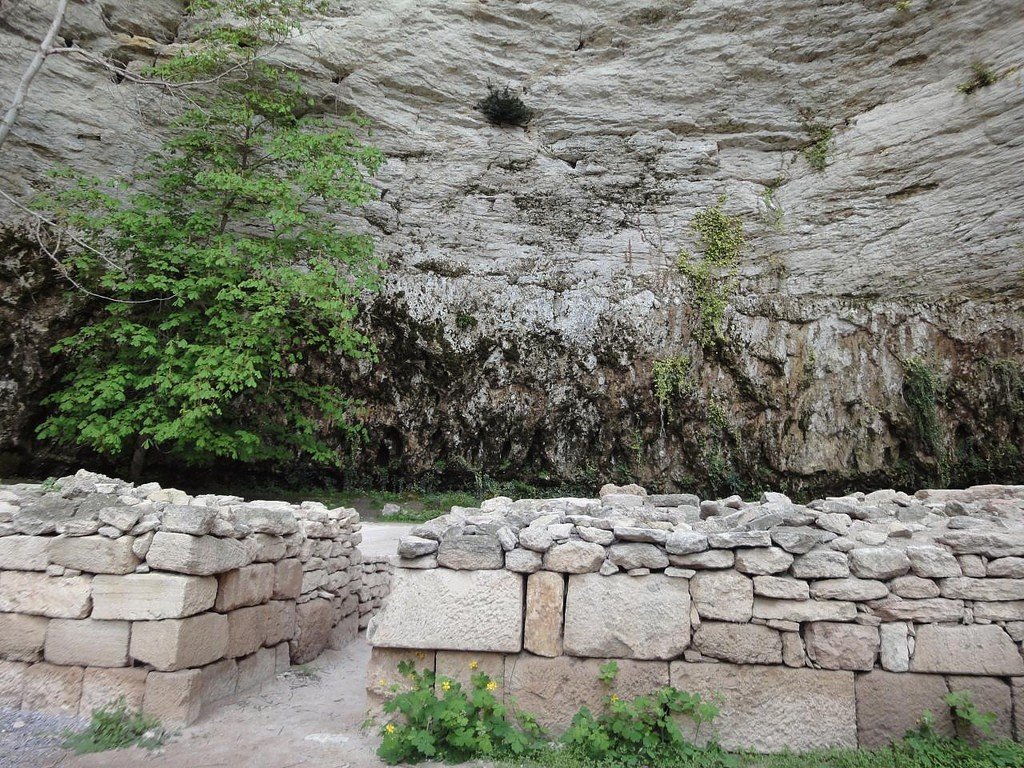
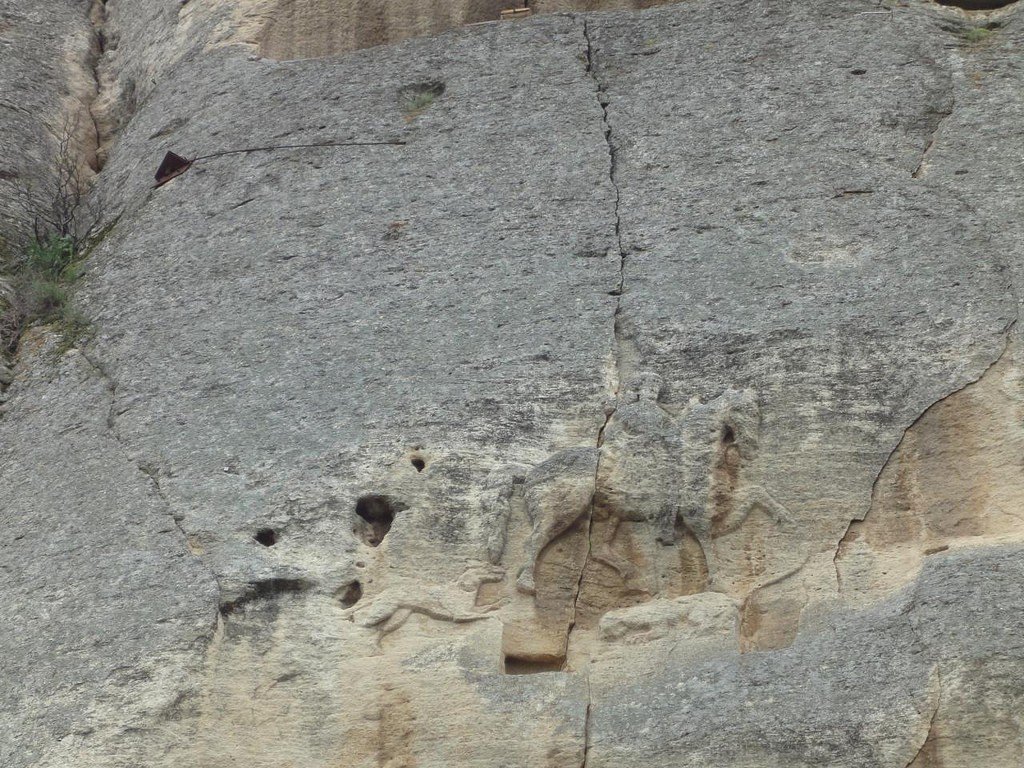
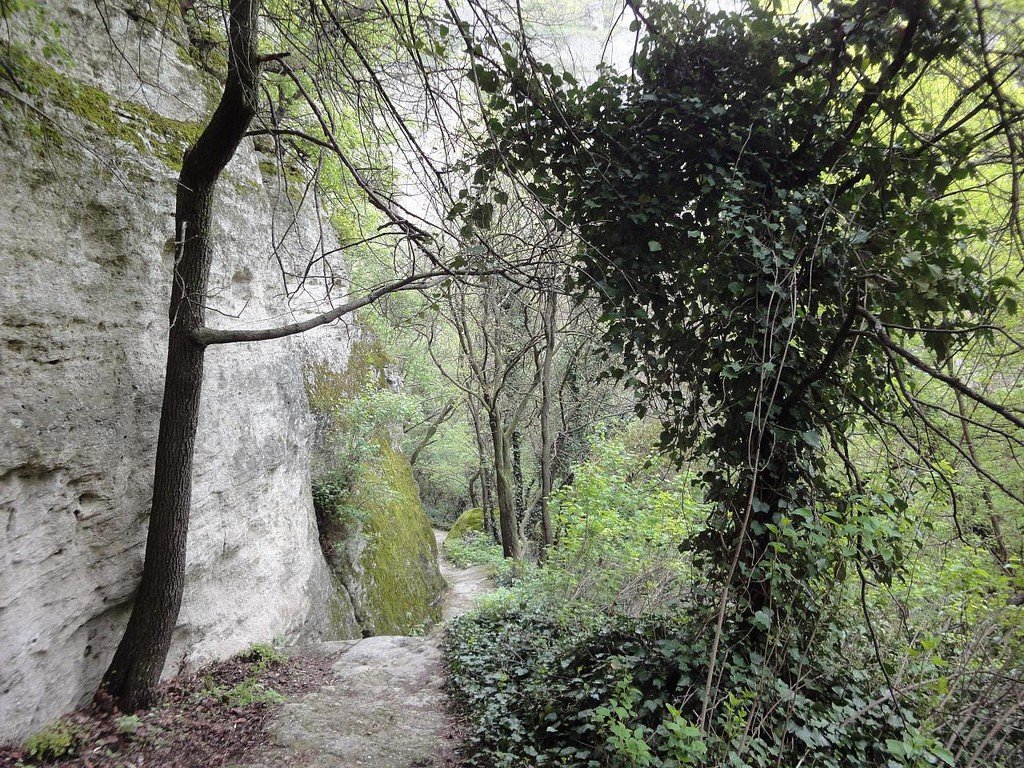
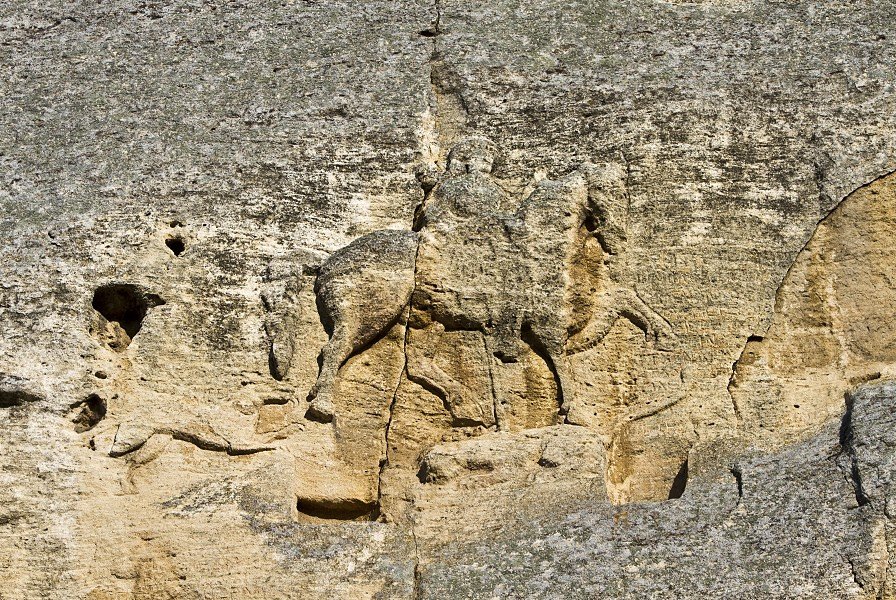
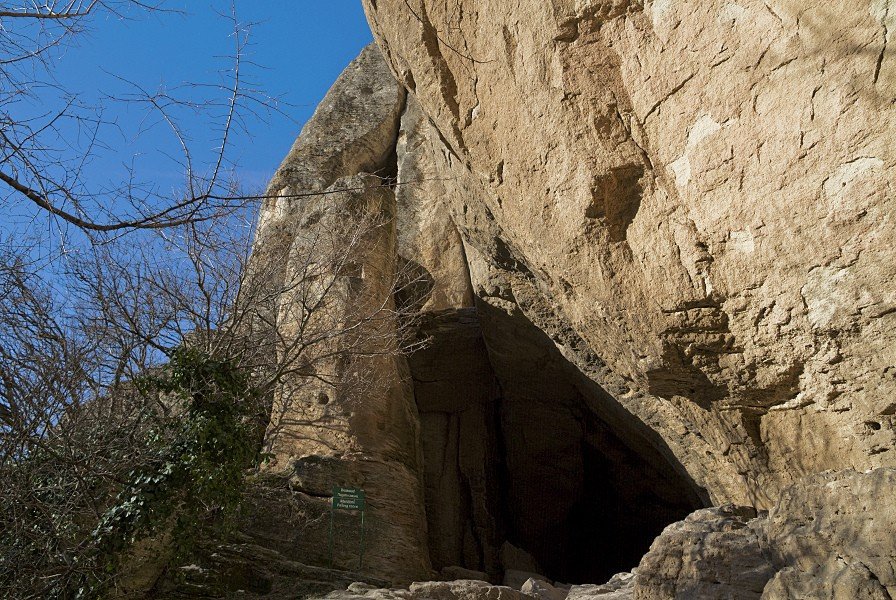
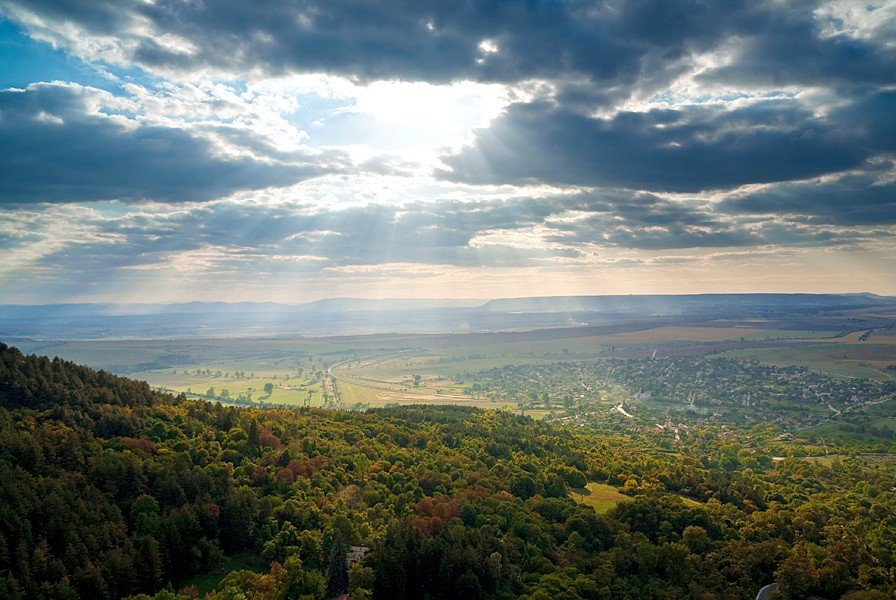
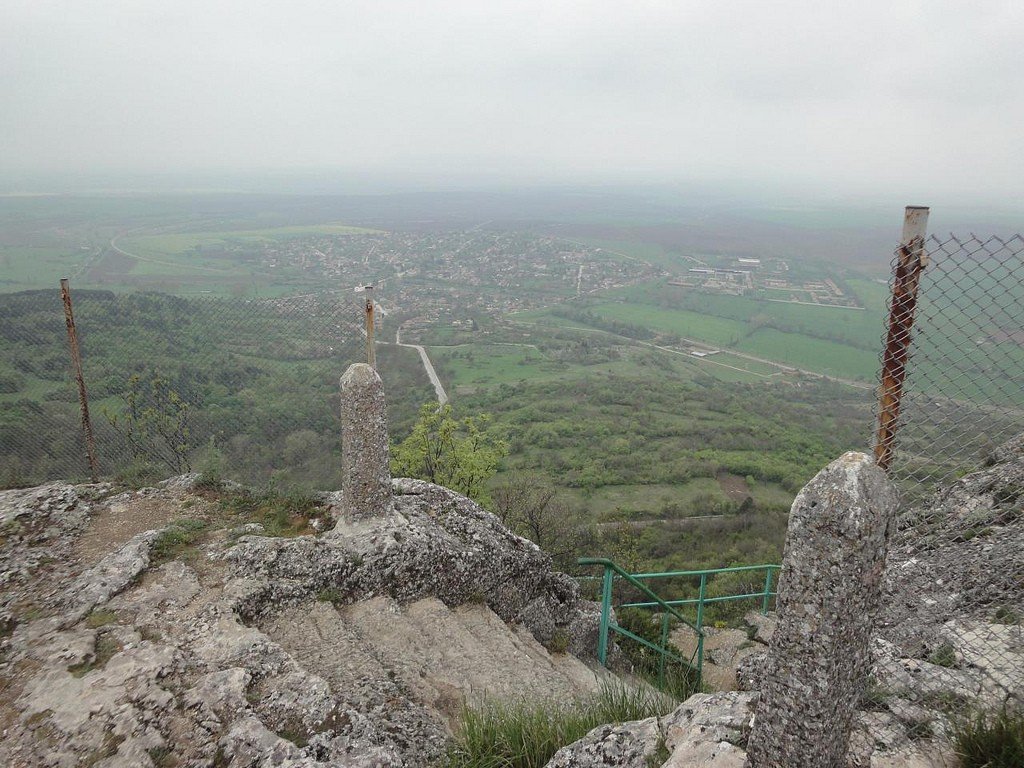
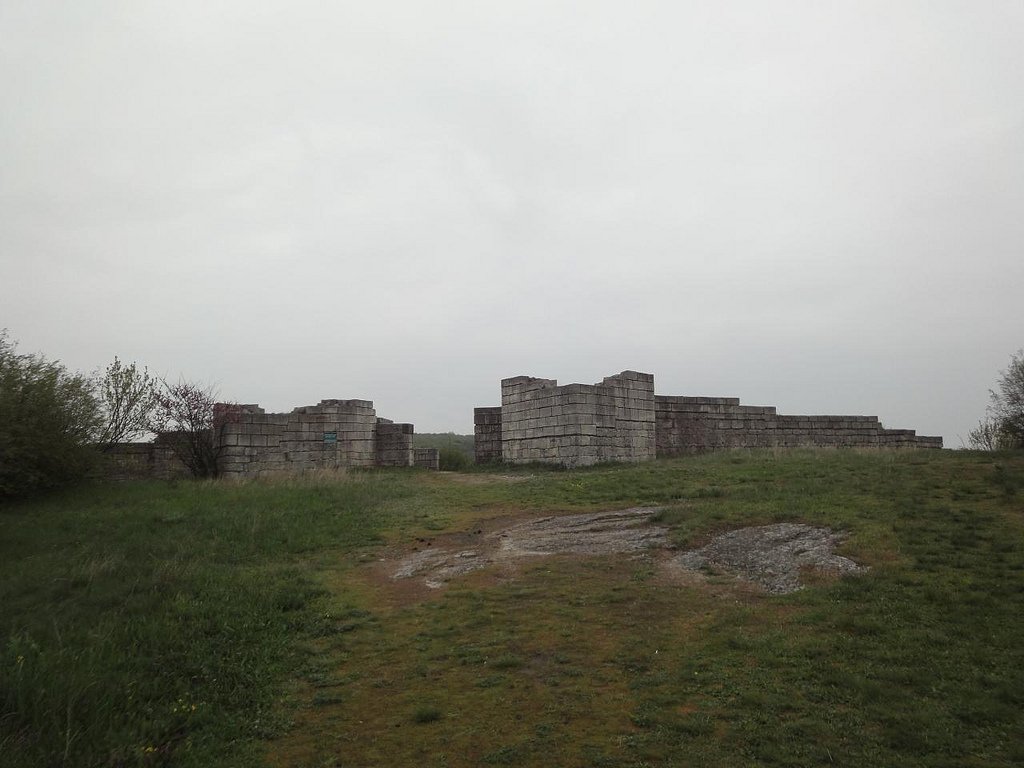
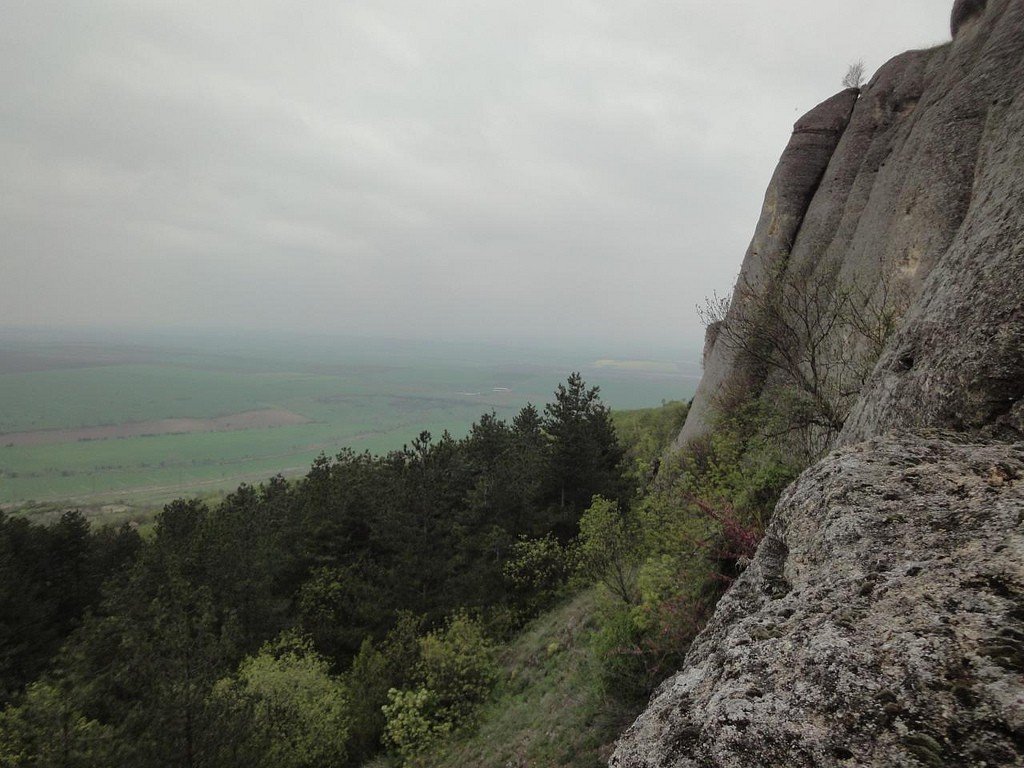
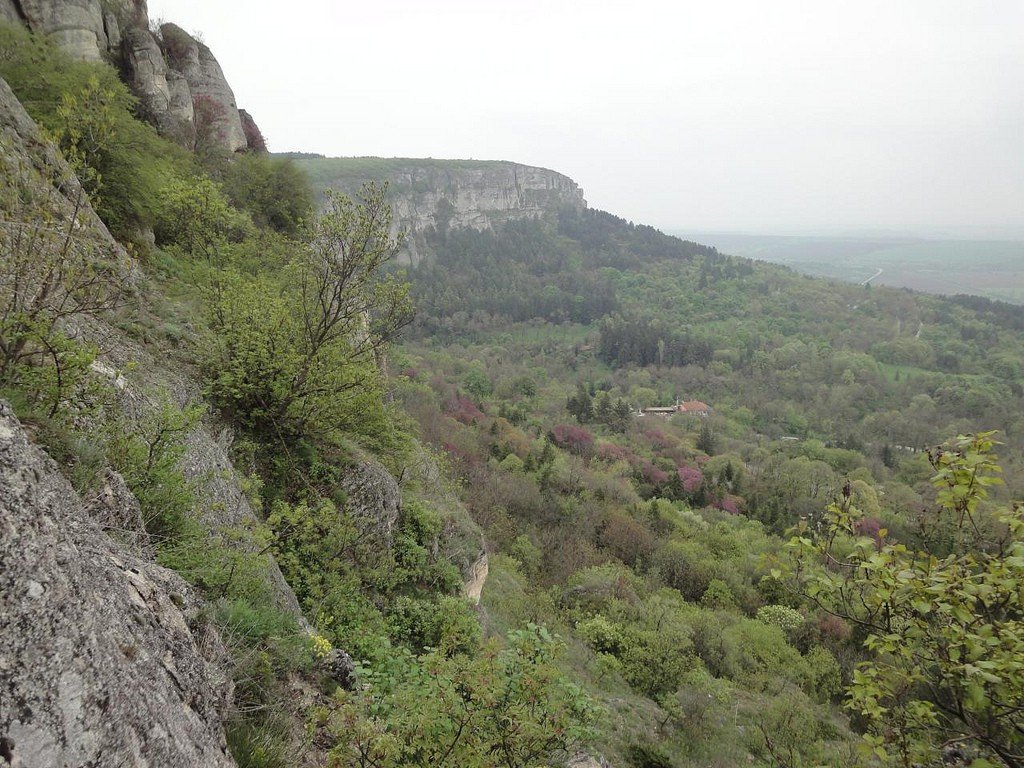
General Information
Since 1935, the Madara Reserve has been home to an archaeological museum with 350 exhibits illustrating the history of the region.
It is also interesting to explore the rock caves of Madara, where a monastery was founded in the 14th century. About 150 caves were used as cells, churches, and tombs. Today, the active chapel of St. Panteleimon can be seen.
. The Madara Horseman was added to the UNESCO World Heritage List in 1979. The unique rock bas-relief is located 10 km south of Pliska, the first Bulgarian capital (VII-IX centuries). The bas-relief is a valuable landmark of the historical and archaeological reserve..An unknown master sculpted the impressive image on a 23-meter high rock. Although more than 1000 years have passed, the images of a rider with a spear, a wounded lion falling at the feet of a horse, and a hunting dog can still be discerned here. The year when the rock relief was created has not been established, and there is no consensus among scholars as to the identity of the depicted rider. Some believe that it is an image of the Khan Asparukh, the founder of the Bulgarian state, while others think that it is the Khan Kubrat, another great ruler of Bulgaria. In 2008, the Madara Horseman was chosen as the Global Symbol of the country in a nationwide vote.
.